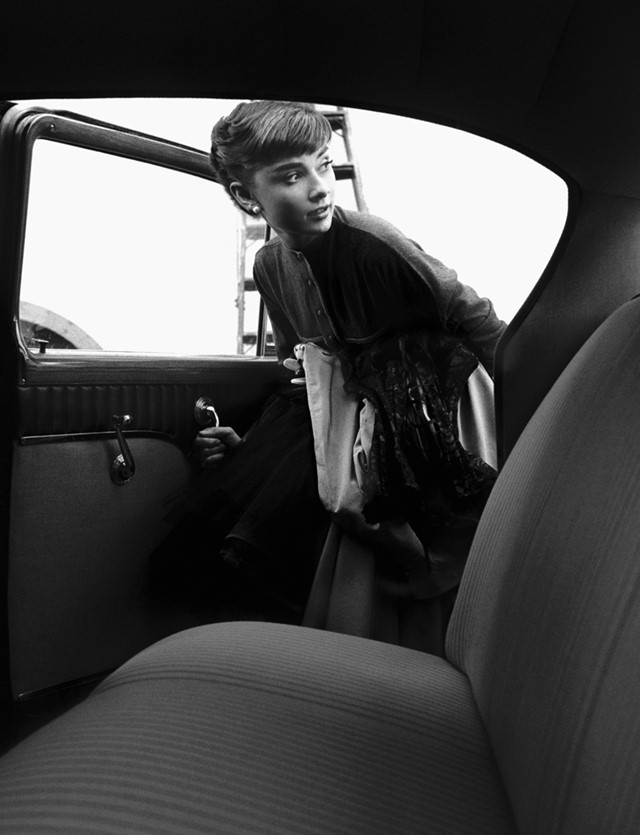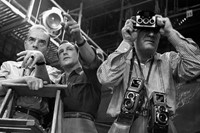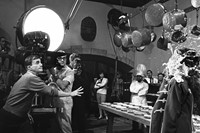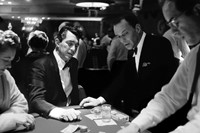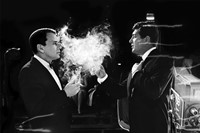A new show celebrates Bob Willoughby, the photographer who captured the iconic shots of Hollywood's Golden Age
When compared to the works of Horst P. Horst and David Bailey, two photographers who portrayed glittering glamour in precisely-preened pictures, Bob Willoughby’s images are a world apart. All three made their names documenting celebrities – the talented, the charismatic, or simply the famous – but Robert Hanley Willoughby approached the matter in a way that had never been done before. For him, the intention was to candidly capture the inner thoughts and emotions of his subjects, rather than continue with the artificial portraiture that was, up to then, in vogue.
Willoughby was a precocious talent, who began taking photos at the age of 12 after his father gave him a camera as a birthday present. He was a student of photography at the University of Southern California’s film school, and the glitzy surroundings of Los Angeles and Hollywood had a profound effect on his interests. Starting out taking on commissions for magazines such as Harper’s Bazaar, Look, and Life, his photographs were used to illustrate arts and culture articles. But it wasn’t until the young man was assigned to photograph Judy Garland during the filming of A Star is Born in 1954 that his spontaneous, documentary style garnered widespread attention.
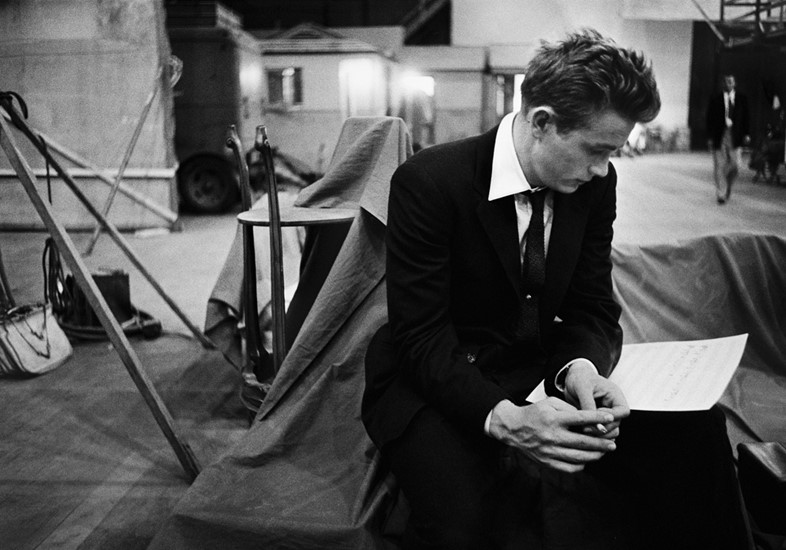
It was when Warner Brothers stepped in and signed a contract with Willoughby to photograph inside the film studios that the results became astonishing. A man of small physical stature, Willoughby was able to conceal himself within groups of crew, while he also invented remote-controlled cameras to use. It meant that his subjects – including towering superstars such as Frank Sinatra, Elvis Presley, Marilyn Monroe, and a particularly Audrey Hepburn – could be photographed without even realising it. Writing in 1974 in The New York Times, entertainment critic Charles Champlin fawned over this development, where "photojournalism becomes salon art."
"Bob Willoughby's intention was to candidly capture the inner thoughts and emotions of his subjects"
Willoughby covered the making of over 100 films including The Graduate, Ocean’s Eleven, Rebel without a Cause, Who's Afraid of Virginia Woolf, and My Fair Lady, changing the way movie stars were looked at. An exhibition at London’s Beetles + Huxley is displaying dozens of photographs of these iconic film stars from the 1950s and 60s, giving the highlights of the photographer’s career. Together, these shots depict the tension, the excitement, the playfulness, and the challenges faced by these people thrust into the world of celebrity, and their effect still resonates today.

Bob Willoughby is at Beetles + Huxley until October 4.
Text by Peter Yeung
